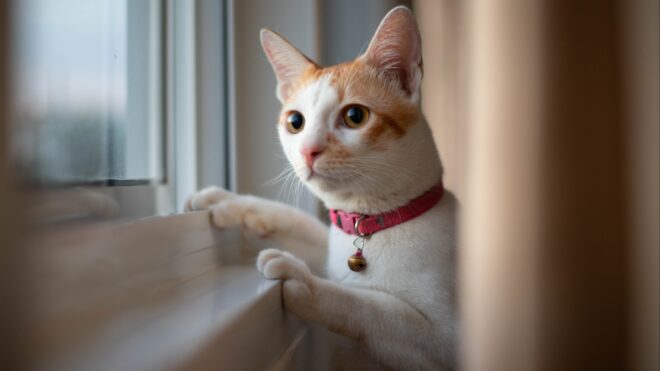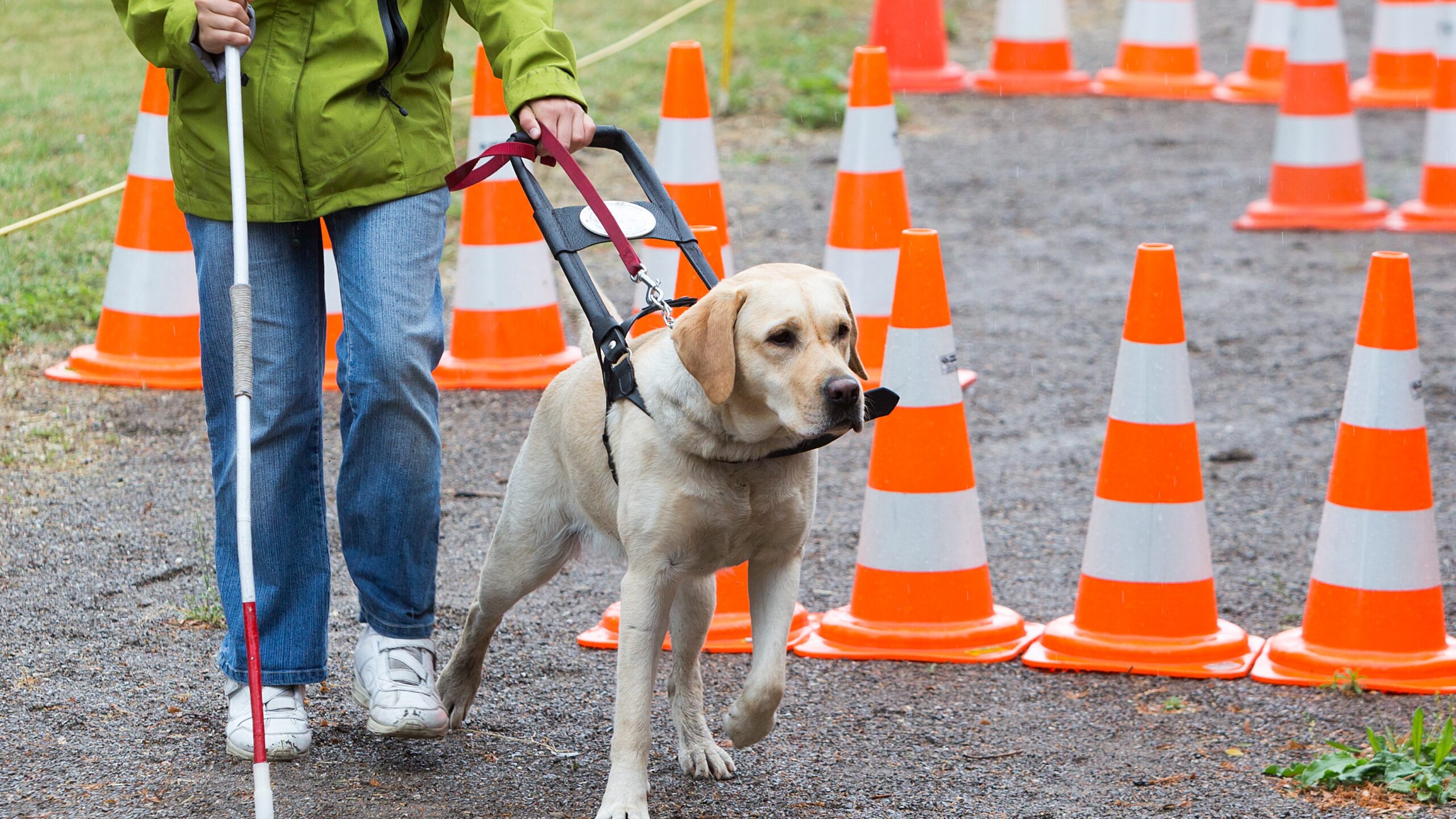
Service animals are just as cute and cuddly as any other animal. The dogs are just as loyal, and the cats are just as affectionate. So it’s understandable that not everyone understands that they’re out in public to do a job.
Sure, maybe some dog parents will allow people to pet their service animal, but as a general rule it’s dangerous to assume that you can just walk up to an animal and give it scritches. On top of it just being disrespectful to stop them from taking care of their human, even for a moment, there are underlying factors that can cause serious problems.
What are they?
It distracts their senses.
Service animals rely heavily on their sense of smell for the majority of their duties. Both cats and dogs can sniff out incoming seizures, up to around 45 minutes before they happen. However, it’s not always so early, and their humans may be alerted halfway through a shopping trip or town walk. So how does it work? With a nose around 100,000 times stronger than our human noses. A dog has 300 million olfactory receptors ready to sniff out trillions of scent molecules. Several of these scent molecules are human hormones that can spike at any given time.
The hormones that your body release when you have an epileptic seizure can be muddled with the hormones, perfumes, and foods of someone trying to distract your animal. Same goes for the animals who sniff out low and high blood sugar spikes. The animal can tell from your sweat and breath changes (that you may not notice yourself) if you’re hypoglycemic or hyperglycemic. Therapy animals can also sniff out incoming panic and anxiety attacks via your sweat, as well as the adrenaline and cortisol your body releases. So try not to distract from this delicate process if you see your kid running up to a pet wearing a service coat or collar.
You may cause a collision.
This is particularly important for visual guide dogs, as they are their human's fifth sense when navigating the outside world. It’s a misconception that guide dogs can read traffic lights. Dogs don’t understand the concept of the lights, never mind the fact that their colorblindness causes them to see each light as much the same color. The dogs instead stop walking when they reach the end of a path, which means their human is the one who decides when to move and where.
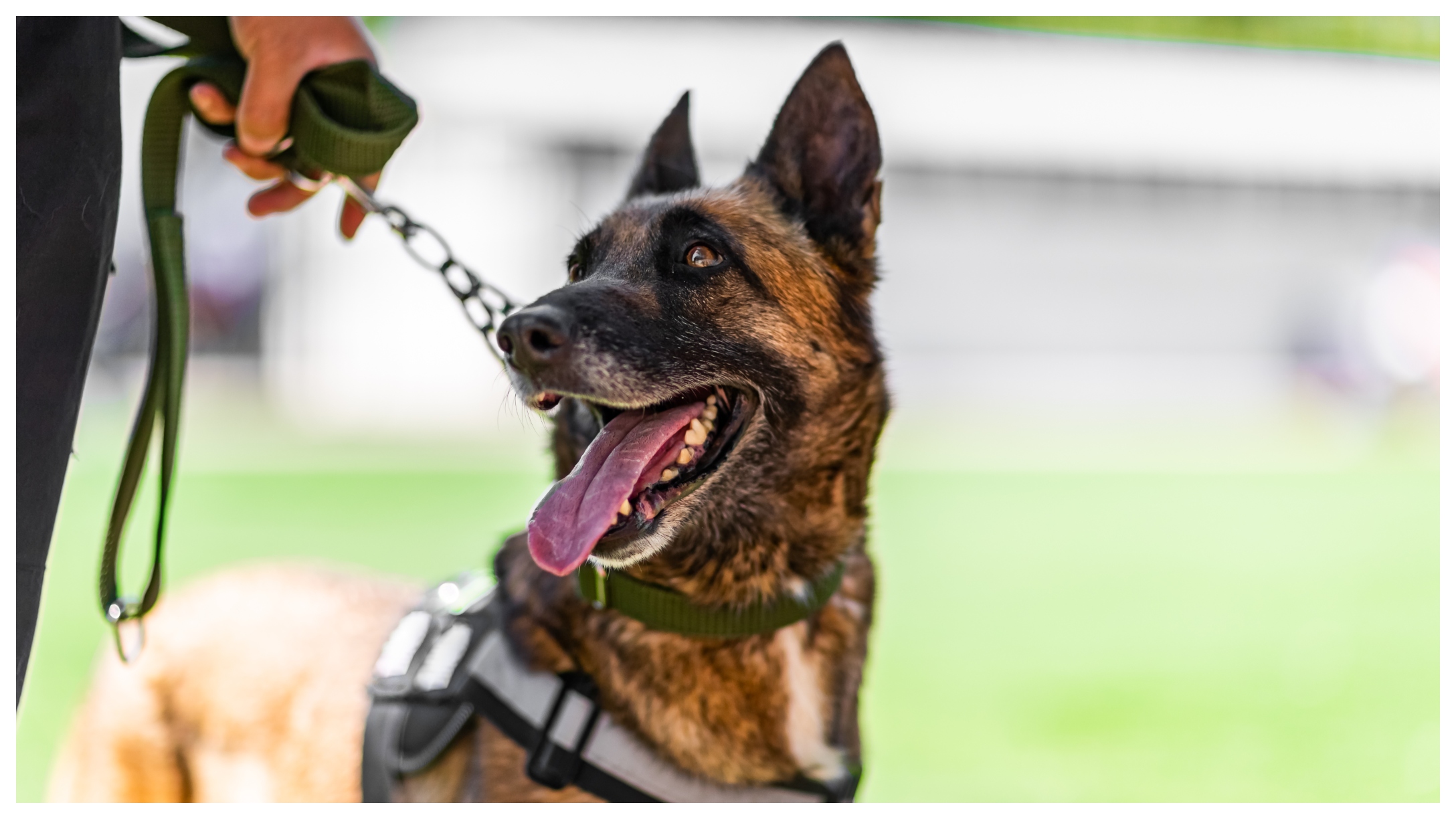
Distracting a dog can throw their human off their bearings and confuse the dog. The animal may think it’s time to change direction, or that the obstacle that is you means the path is at an end. If an outsider beckons a dog while a car is passing them, they’re also at risk of not warning their human of said incoming car. All in all, it’s not worth it and can get people hurt.
You’re disrupting their schedules.
Not only does their human have a life to get on with, but the animal has its own schedule to follow. If the pet has sniffed out a seizure or other medical attack, then their human has limited time to get to safety. Say the pet has alerted them to a high blood sugar spike; it’s time to either go home or find a safe place to inject their insulin.
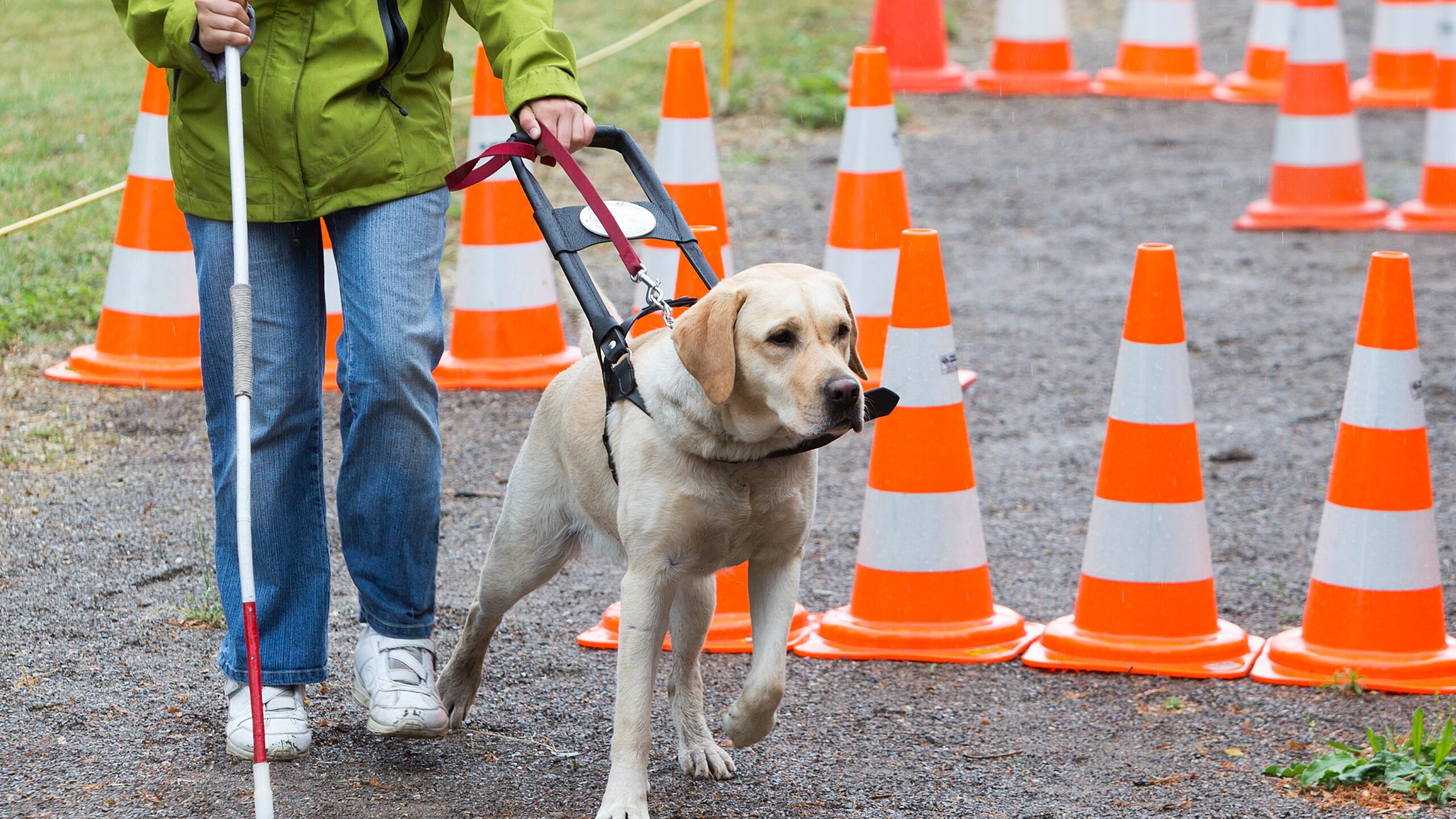
If a seizure is on its way, then they won’t have time to watch you fawn over their pet, they need to lie down. You could indirectly cause great harm by making them late for urgent treatment. And it’s not just a medical thing — disabled people obviously have jobs, classes, and social meetings just like everyone else; their service animal may be the method they use to get to those places quicker and safer than they would otherwise.
It’s just rude.
You wouldn’t walk behind the counter of a coffee shop and give the barista a nonconsensual hug, so why is a working animal any different? And you’d take no for an answer (hopefully) if you asked permission first. Interrupting someone’s day to pet their dog when you know they’re working is just disrespectful.
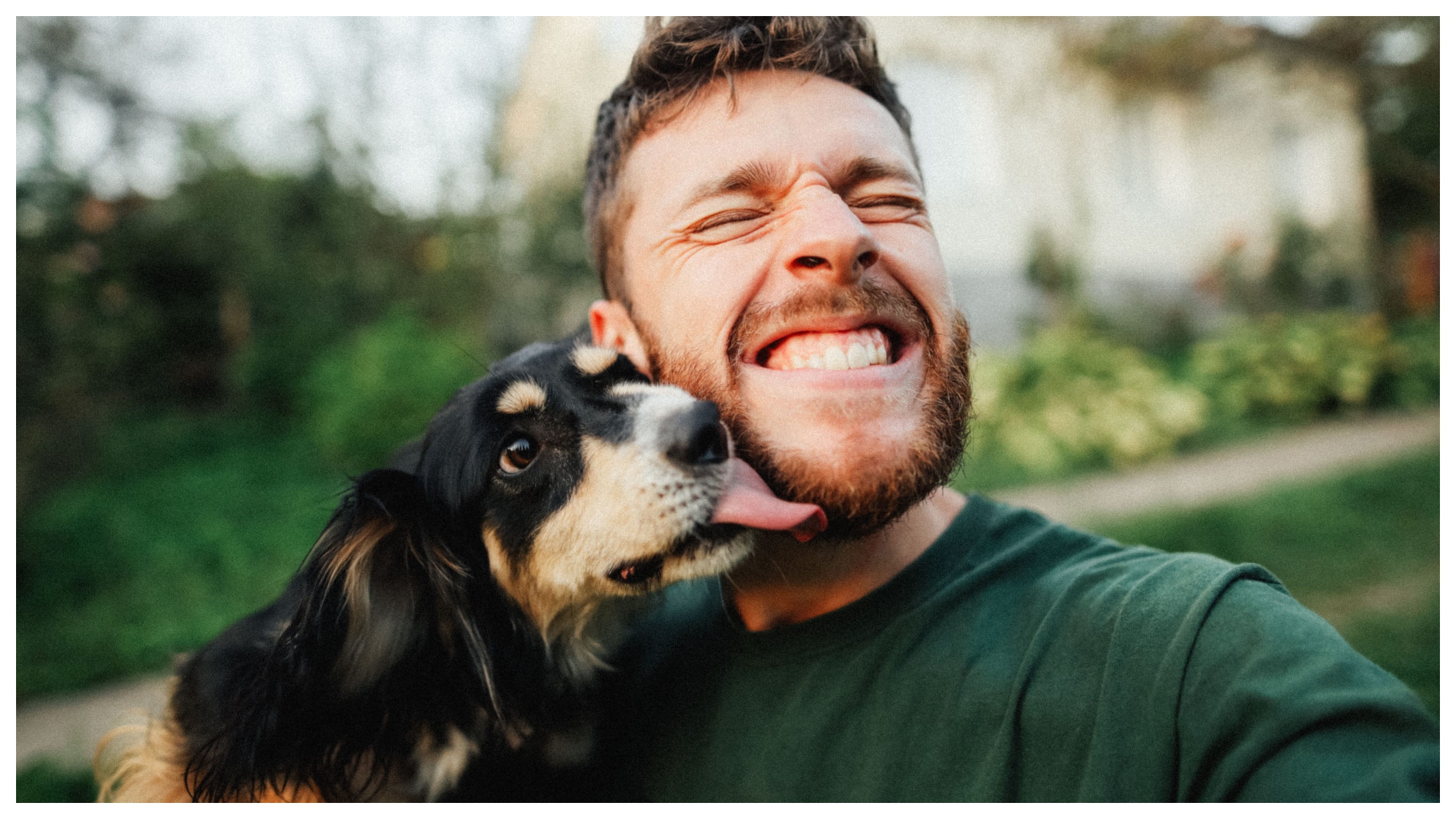
Not knowing is fine, and walking away once you're told you don’t have permission is good, but getting defensive is not OK. Some people may think a quick pat is nothing, especially when kids are begging to meet the animal, but it’s not worth it. Sadly, not everyone gets that memo, and the situation can escalate. Ultimately, it’s an important lesson in consent and not always getting what you want. Keeping people safe is what everyone should want.


